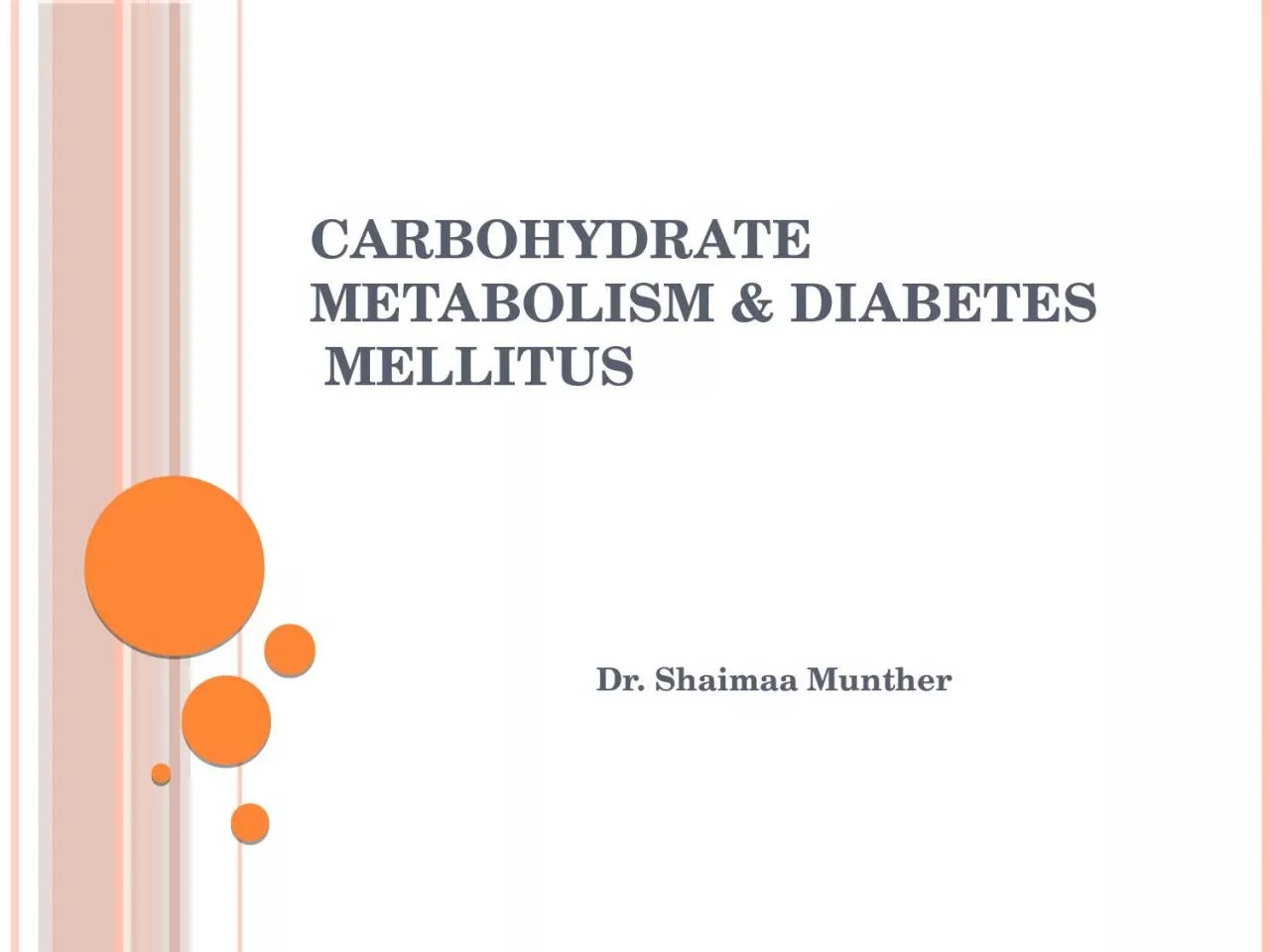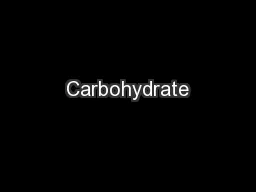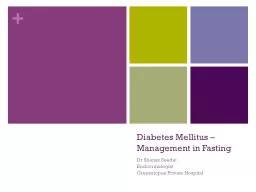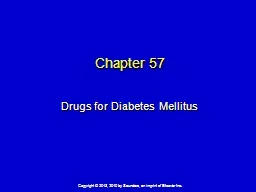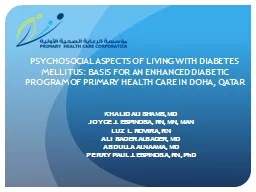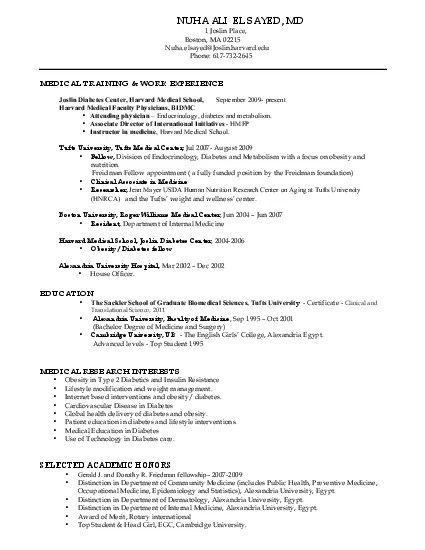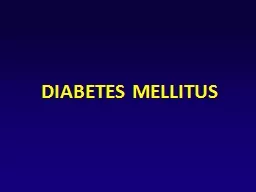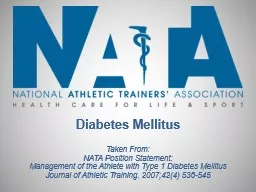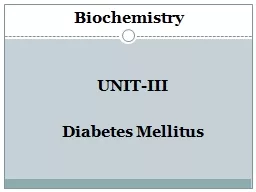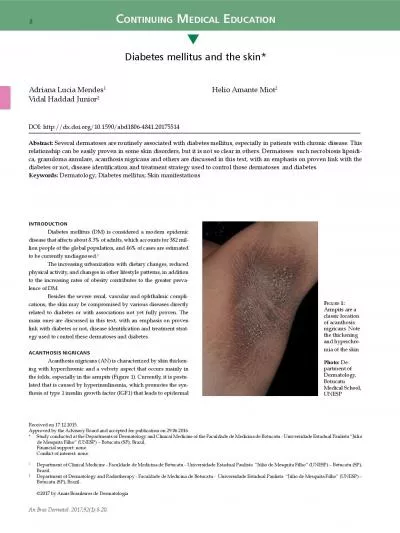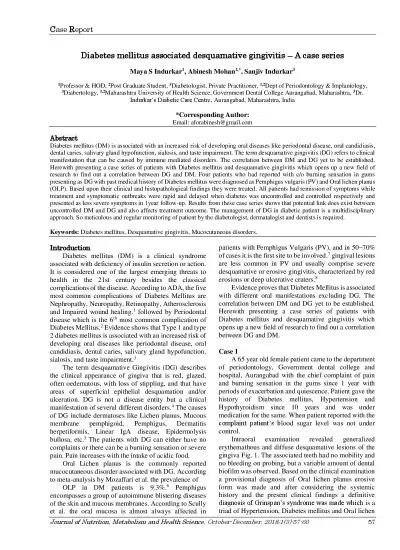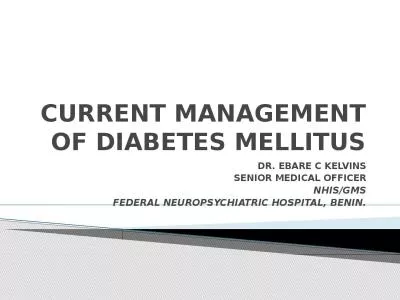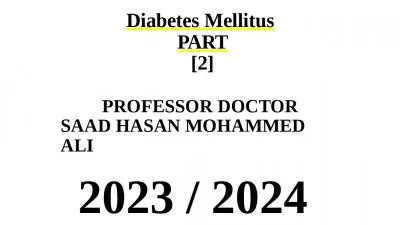PPT-Carbohydrate metabolism & diabetes mellitus
Author : freya | Published Date : 2022-06-28
Dr Shaimaa Munther Carbohydrates are present in food in various forms 1 simple sugars monosaccharides 2 complex chemical units
Presentation Embed Code
Download Presentation
Download Presentation The PPT/PDF document "Carbohydrate metabolism & diabetes m..." is the property of its rightful owner. Permission is granted to download and print the materials on this website for personal, non-commercial use only, and to display it on your personal computer provided you do not modify the materials and that you retain all copyright notices contained in the materials. By downloading content from our website, you accept the terms of this agreement.
Carbohydrate metabolism & diabetes mellitus: Transcript
Download Rules Of Document
"Carbohydrate metabolism & diabetes mellitus"The content belongs to its owner. You may download and print it for personal use, without modification, and keep all copyright notices. By downloading, you agree to these terms.
Related Documents

